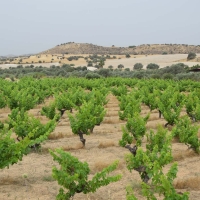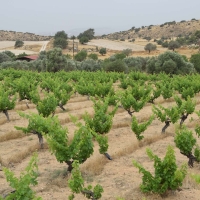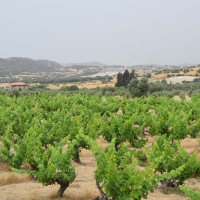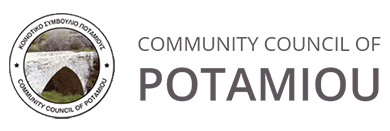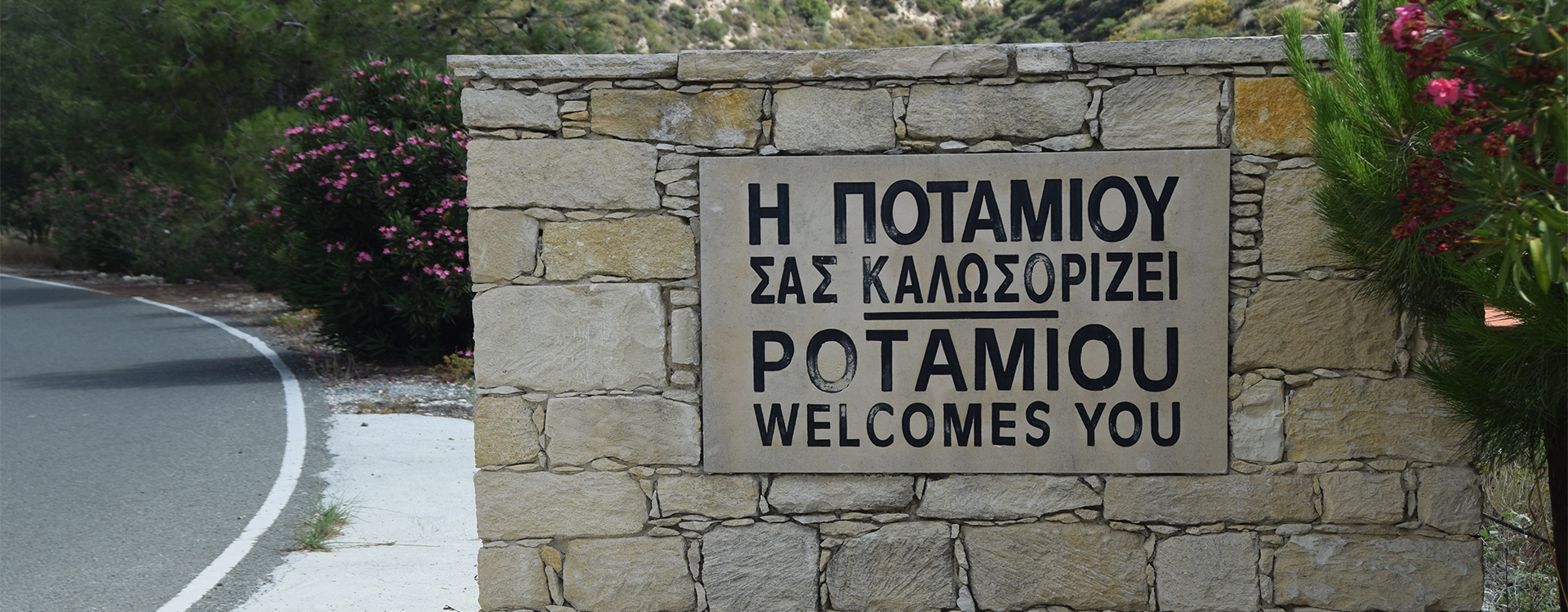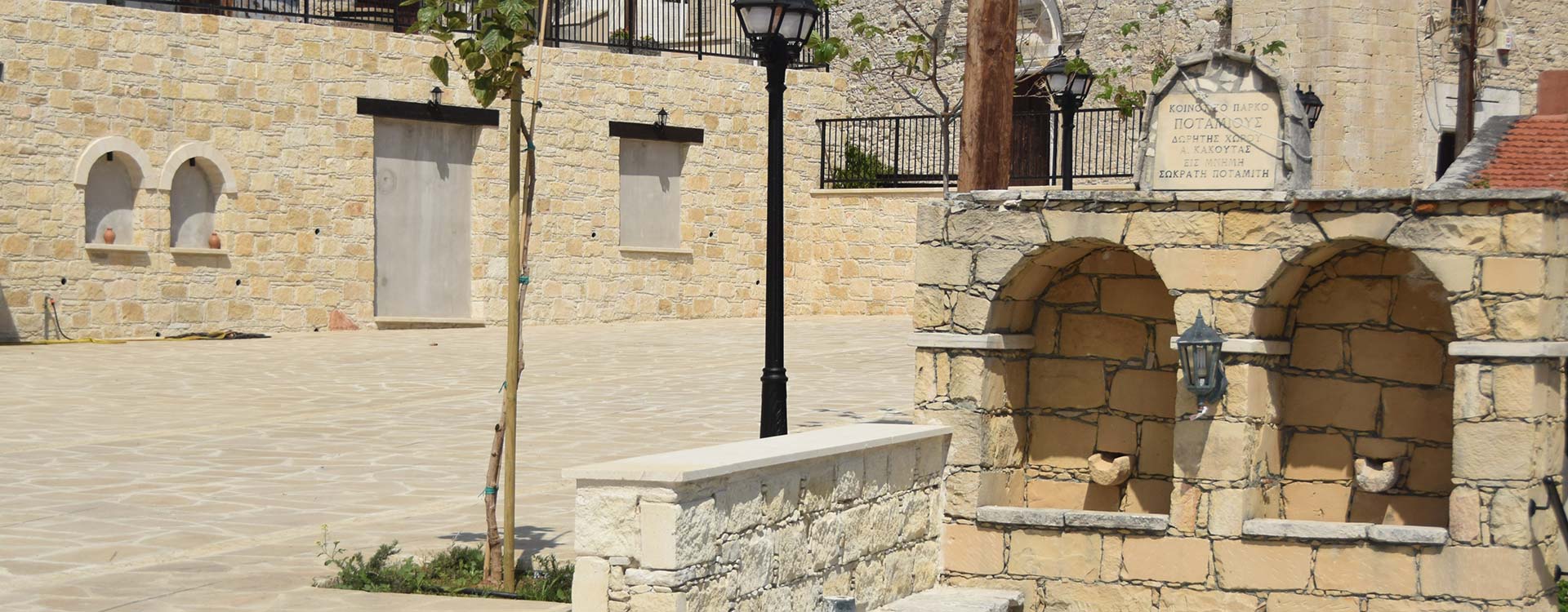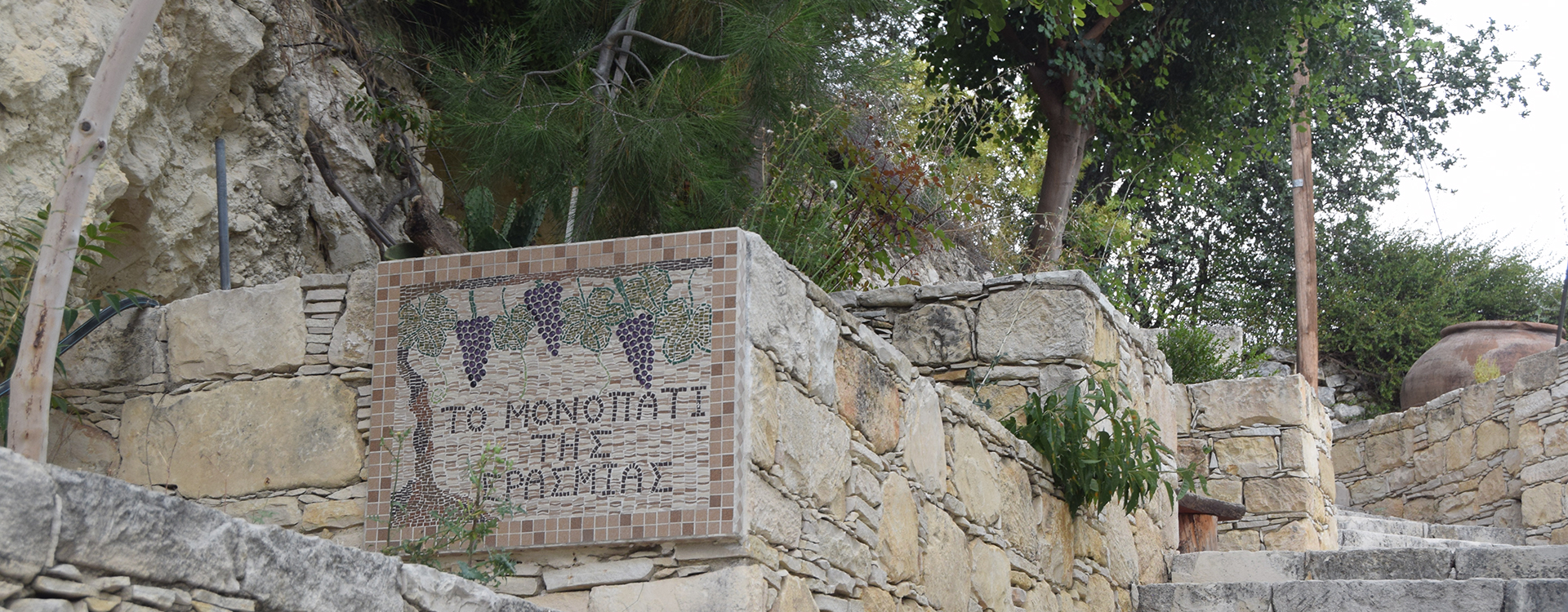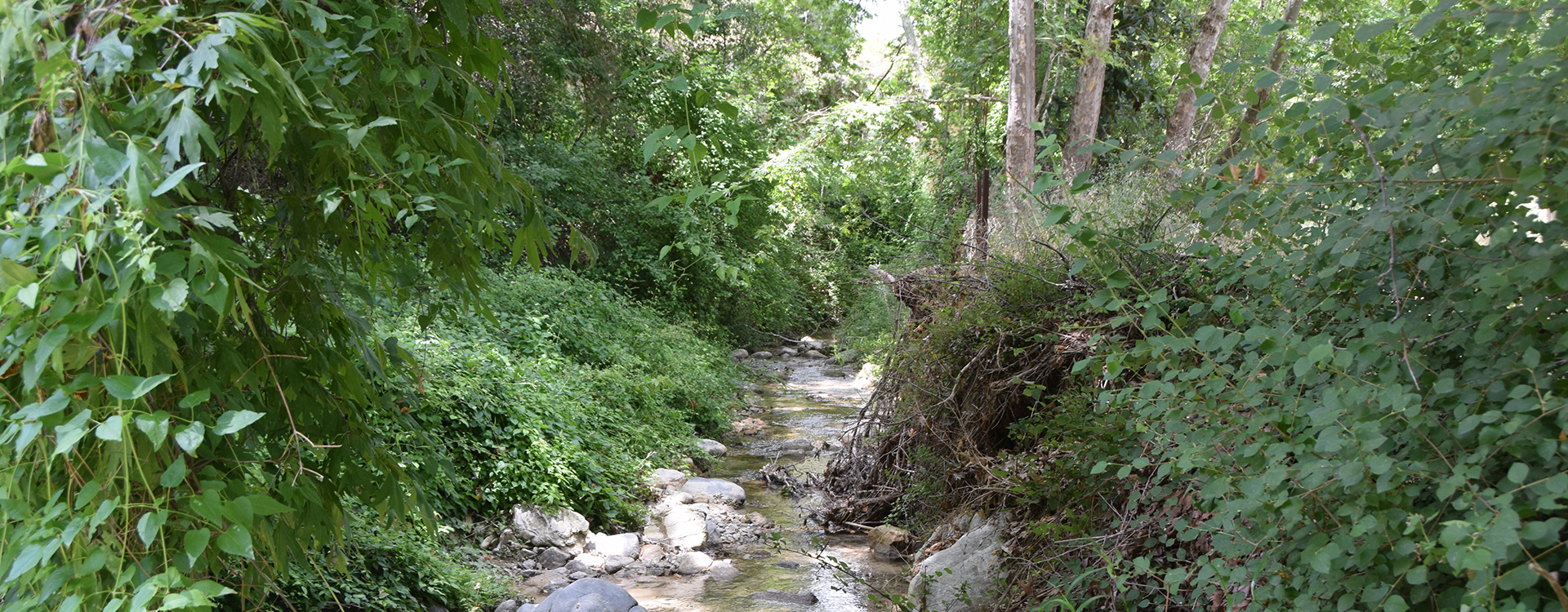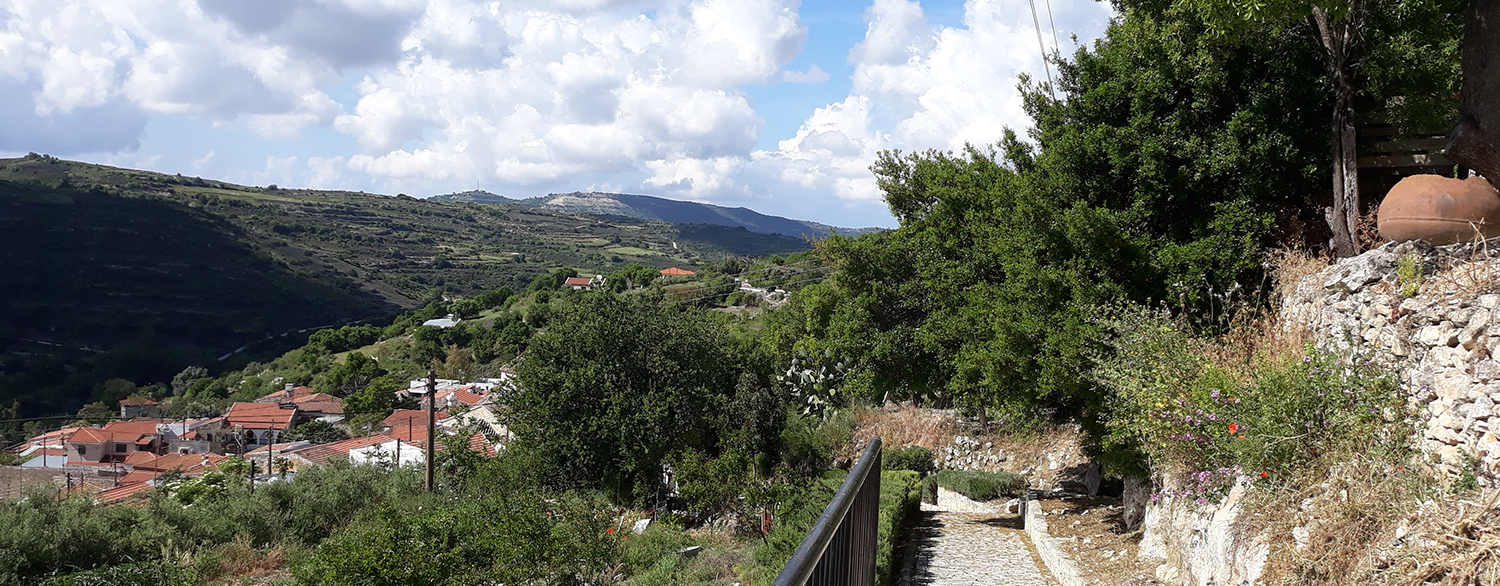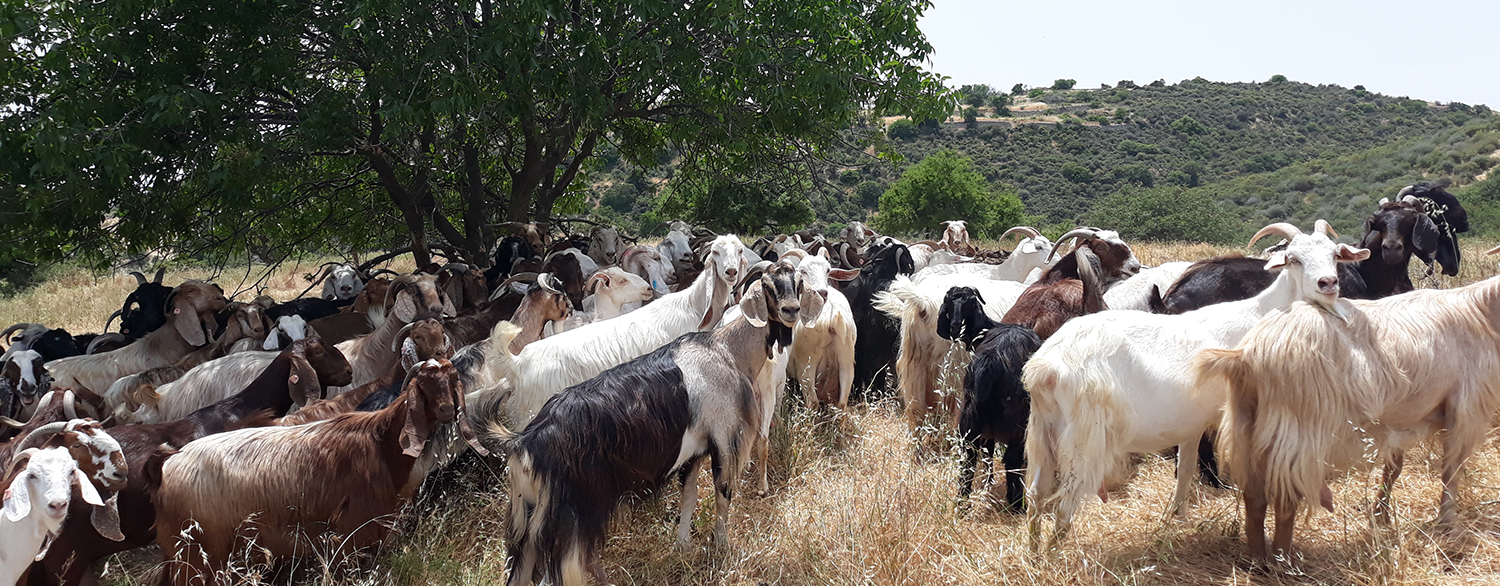Natural Environment
Nature has dressed a large part of the land in Potamiou with its most beautiful colours. As Karouzis remarks, the edges of the vineyards and the uncultivated pieces of land are given a particular colour by wild vegetation. A dominating spot in the village is possessed by viticulture with varieties which are mainly used for the production of wine, although this appears limited in relation to the past. In particular, ever since the 90’s, viticulture has begun to decrease since it was no longer particularly profitable.
Apart from vineyards, fruit trees such as apple, pear, apricot and peach trees, as well as various vegetables, are cultivated in Potamiou. There are also some olive trees which constitute small “brushworks” in the village’s landscape.
Various species of birds and reptiles constitute the fauna of Potamiou. Sparrows playing carefree and nightingales singing sweetly constitute only some of the many beautiful images you will “encounter” while strolling around Potamiou.
Source:
Community Council
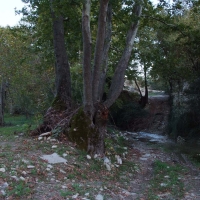
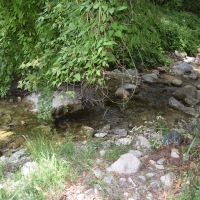
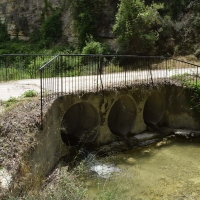
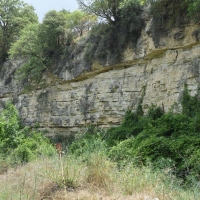

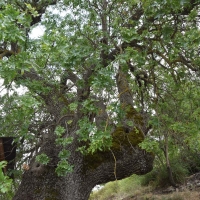

Τrail of Erasmia
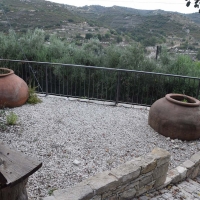
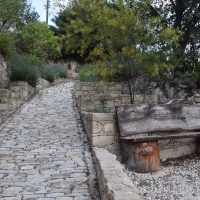
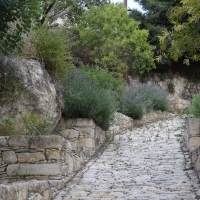
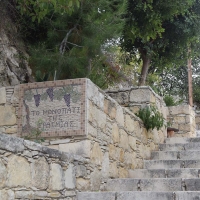
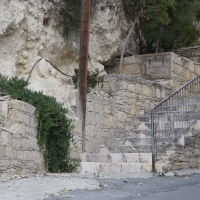
Ha-Potami
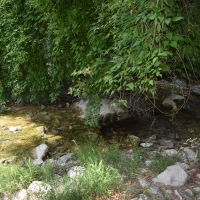
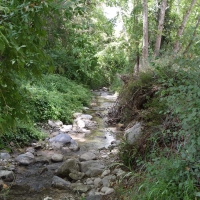

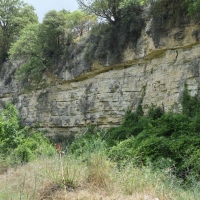
Location Karydaki
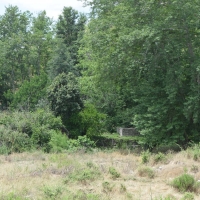
Agelessly Tree

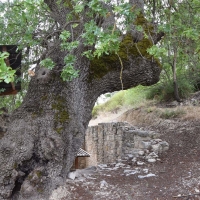
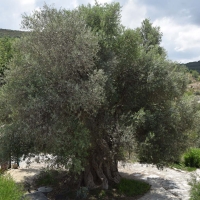
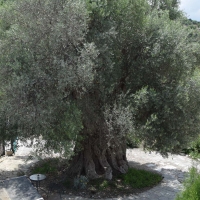
Vinicultivation
The residents of Potamiou used to be occupied in the field of vine cultivation. In the past, vine cultivation in Potamiou constituted one of the basic cultivations of the village. So, let’s get a closer look to what kind of care vineyards required:
Firstly, the field would be prepared before being turned into a vineyard. This was ploughed twice and all the rocks would be removed.
Before the vines were planted, it was necessary for the land to undergo deep ploughing. The planting of the vines would begin between March and April, but it usually took place in May because the land was damp then. Before planting the vines, the position where they would be planted was set by placing reeds. The plants would be placed in parallel lines and there was a distance of five feet between them.
What is worth mentioning is that five people were needed for the planting of the vines. In particular, according to Ionas, these included the digger who would dig up a pit, three women, two of which would pour water in the pits and one placing the vine plants in them and finally the persons responsible for filling the pit with dirt.
Ioannis Iona mentions that the planting of vines would take place either on a Sunday or on a holiday because a lot of people were needed to complete the task. Fellow villagers, friends and relatives of the owner used to participate in the planting procedure.
The pruning of the vineyard constituted an important factor as far as production was concerned. In particular, Iona mentions a Cypriot simile which states that a vineyard left without being pruned for a year would not produce any grapes for five years.
After the pruning followed the digging which usually took place in March so that the soil would be freed from the roots and therefore be ready when the rain season began. What must be mentioned is that during the first year after the planting the vines were not pruned so that they could become stronger. Only some of the roots closer to the surface would be cut.
Moreover, the care of the vine included the cutting of the tender shoots and sulphur fumigation. As far as sulphur fumigation is concerned, this was first introduced during the British occupation and aimed at protecting the plants from diseases which affected production.
The harvest period would begin with the collection of the grapes that were going to be used for the production of “commandaria”, the traditional Cyprus red wine and for the production of other wines. The harvest of the grapes that were going to be used for the making of “commandaria” would begin in around the end of June, while for the other wines usually in September.
Similar to the planting procedure, the harvest procedure also required the participation of a large number of people. At times when production was increased, vine cultivators would hire extra staff on a daily basis.
The harvest would begin at dawn and would continue until sundown while hard work was required. All those who participated in the harvest would remain bowed for several hours cutting the bunches of grapes one by one either by using a knife or a penknife. The bunches would then be placed in baskets which would in turn be emptied into corves. The corves would then be loaded on donkeys which would transfer them to the winery or to the house where they would be spread under the sun to make raisins.
Sources:
Ioannis Iona, Traditional Cyprus Professions, Nicosia, 2001
Giorgos Karouzis, Strolling around Cyprus, Larnaka, City and District, Nicosia, 2001
